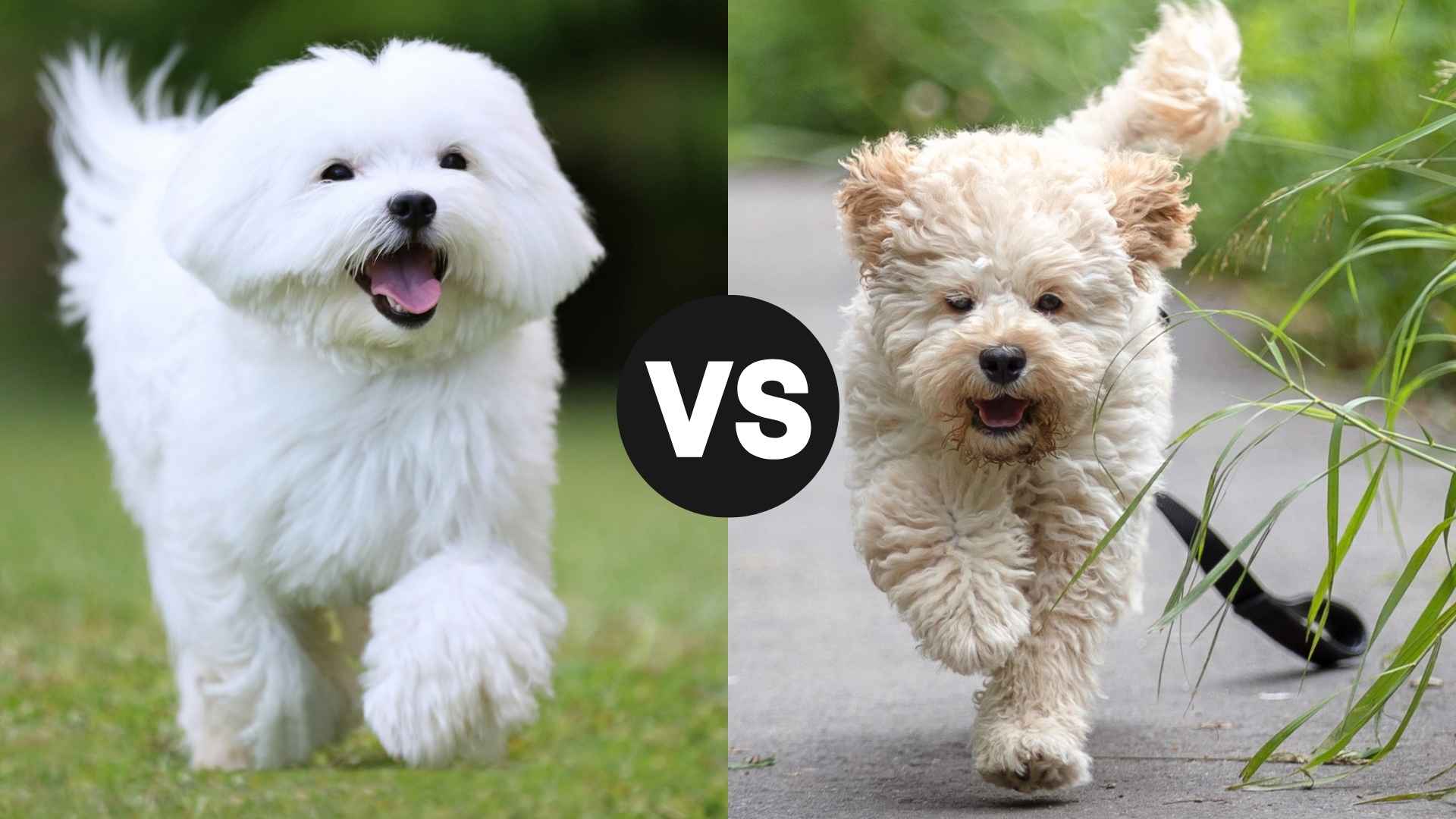Deciding between a Maltese and a Maltipoo? You’re in for a treat! These adorable, fluffy little dogs are packed with personality, but they couldn’t be more different regarding their traits, energy levels, and care needs.
The Maltese, with its elegant, laid-back vibe, will charm you with its regal looks and calm demeanor. On the flip side, the Maltipoo—thanks to its Poodle parent—brings a burst of energy and cleverness, always ready to keep you on your toes. While both are toy-sized and irresistibly cute, their personalities are as different as night and day. The Maltese is more of a “chill on the couch” kind of dog, while the Maltipoo will happily join in on all your adventures.
In this guide, we’re diving deep into the differences between these two lovable breeds—everything from their origins and grooming needs to their quirks and life expectancies. By the end, you’ll know exactly which dog is the best match for your lifestyle—and your heart!
Did you know?
The Maltese dates back over 2,000 years and was a favorite of Roman aristocrats who believed the breed had magical healing powers!
Maltese vs. Maltipoo
The Maltese is all about elegance, while the Maltipoo brings a fun, unpredictable charm. One is a graceful classic, and the other a playful mix of smarts and fluff. Both are lovable but in their unique ways.
According to the AKC, the Maltese flaunts a long, silky coat, demanding meticulous care. The Maltipoo, with its soft curls, varies between wavy and tightly coiled. Each coat type dictates its grooming routine, meaning one needs daily brushing while the other may require regular trims.
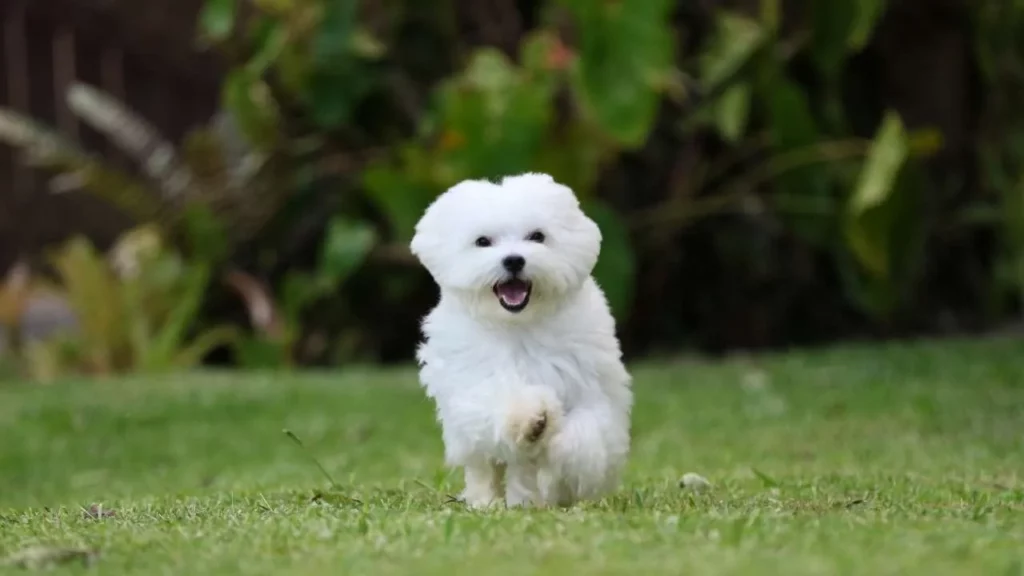
Activity levels are a big difference between the two. The Maltese is content with short play sessions and lots of lounging, while the Maltipoo, with its Poodle roots, loves to stay active. It’s full of energy, always ready for a burst of zoomies, training sessions, and mental challenges.
Health-wise, both have their considerations. The Maltese may face dental issues, while the Maltipoo, thanks to hybrid vigor, tends to be healthier overall but can inherit some Poodle-specific concerns like eye problems or joint issues.
The Maltese enjoys a calm, predictable environment, perfect for those who prefer a quieter space. On the other hand, the Maltipoo is adaptable and thrives in active, ever-changing environments, making it an ideal choice for those with a lively lifestyle who want a smart, eager-to-please companion.
Fun Fact
The Maltese was once believed to have healing powers and was called the “Comforter Dog” in ancient times. The Maltipoo, meanwhile, became a social media sensation, winning hearts worldwide with its expressive eyes and unpredictable, bouncy personality.
Maltese vs. Maltipoo: Origins and Evolution
The Maltese has ancient origins, with mentions in Greek and Roman texts. Bred as a companion for nobility, it has kept its luxurious coat and dignified nature over centuries. The Maltipoo, on the other hand, is a more modern hybrid, created to blend the Maltese’s charm with the Poodle’s intelligence, resulting in a playful and highly trainable dog with an unpredictable yet lovable personality.
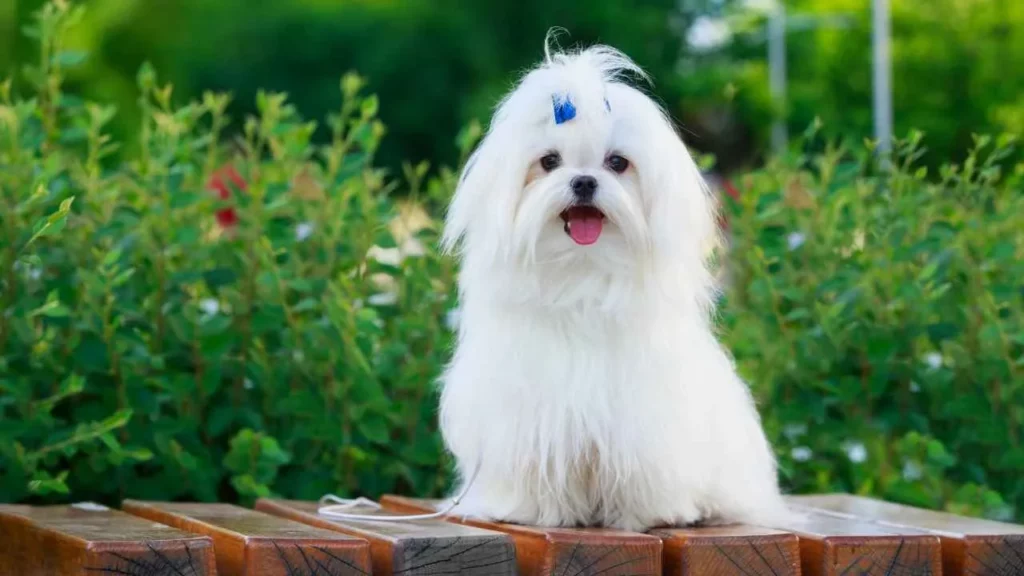
Both breeds have been shaped by their environments. The Maltese, accustomed to the warm Mediterranean climate, developed a fine, silky coat. The Maltipoo, thanks to its mixed heritage, adapts well to different temperatures and may need extra grooming, depending on whether it takes more after its Maltese or Poodle parent.
Social status played a key role in their histories as well. The Maltese was a favorite among royals and aristocrats, while the Maltipoo has become a popular choice in modern times, appealing to dog lovers who want a small, intelligent companion that’s always up for a learning challenge.

Both breeds have their unique appeal. Whether you’re drawn to the long history of the purebred Maltese or the fun, unexpected personality of the Maltipoo, both remain adored for their intelligence, affectionate nature, and the joy they bring to their families.
Maltese vs. Maltipoo: Size
The Maltese is a compact toy breed, typically weighing 4 to 7 pounds. With a delicate frame, it maintains a fine-boned structure. The Maltipoo, being a mixed breed, displays size variations, ranging from 5 to 20 pounds, depending on genetic influence.
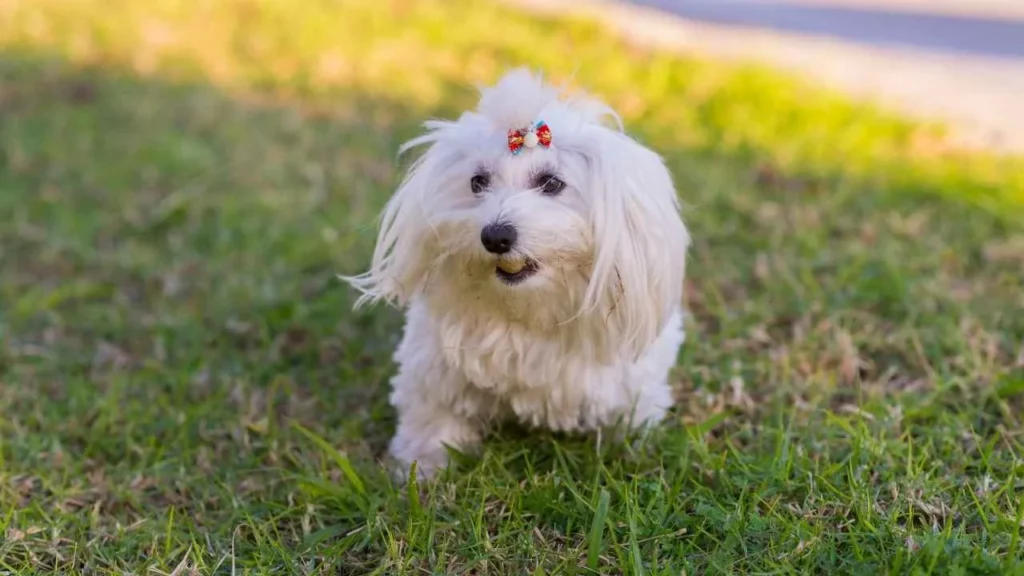
As for the height, the Maltese stands around 7 to 9 inches tall, maintaining a dainty stature. Maltipoos, depending on their lineage, might be slightly taller, influenced by whether they inherit traits from a Toy or Miniature Poodle.
Their body structures differ in subtle ways. The Maltese remains consistently slender with well-defined features. The Maltipoo, with a broader range of genetic influence, can have a slightly sturdier build, offering more resilience for playful interactions and an active lifestyle.
Handling and lifestyle adjustments depend on size. The Maltese enjoys being pampered and carried, while the Maltipoo, particularly the larger ones, can handle more energetic activities, making them ideal for those who love a mix of playful energy and adaptability.
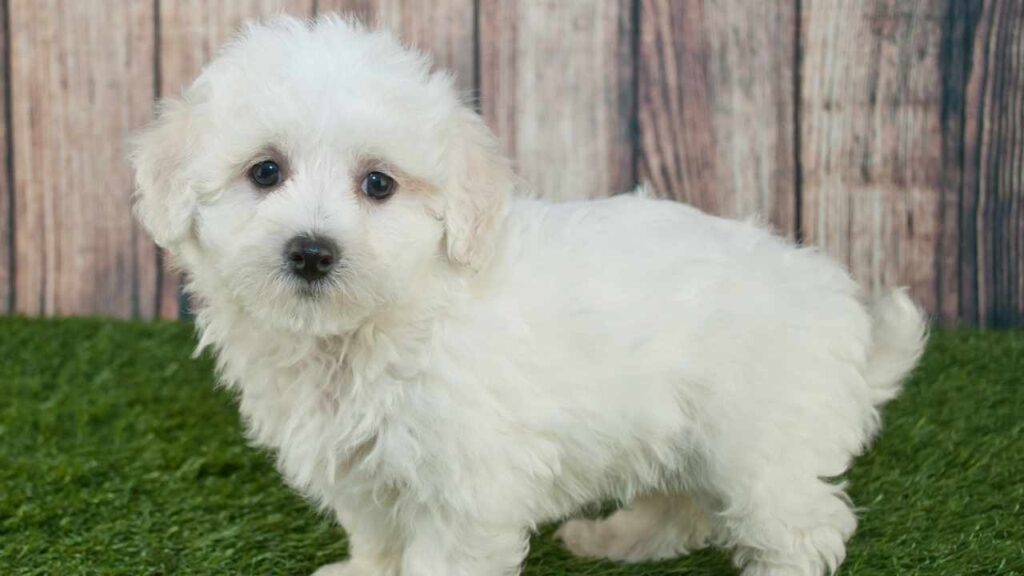
Despite size differences, both breeds fit well in apartments or houses. Their small stature allows for easy accommodation, but their energy levels require different engagement styles to ensure they stay entertained and mentally stimulated.
Maltese vs. Maltipoo: Appearance
The Maltese is all about elegance, with its flowing white coat and compact frame. Meanwhile, the Maltipoo brings a mix of textures, from soft waves to bouncy curls, creating a fluffier, more unpredictable look that keeps every Maltipoo unique.
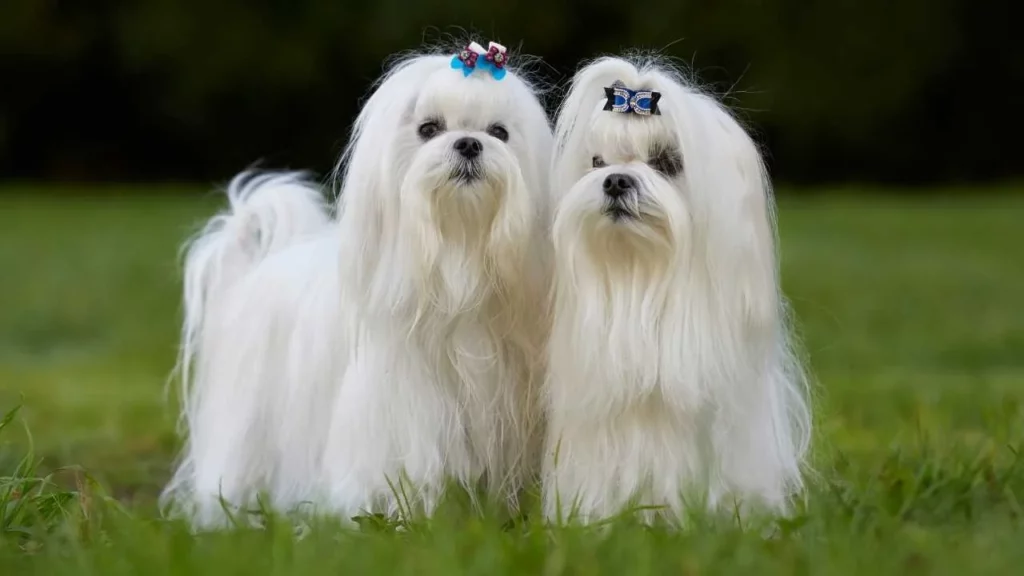
Facial features tell their own story. The Maltese has a refined, delicate face with a petite black nose, while the Maltipoo might sport a rounder, more expressive look. Ear shape, muzzle size, and coat density can vary significantly between the two.
While the Maltese flaunts pure white fur, the Maltipoo can come in different colors. Thanks to Poodle genes, shades of apricot, cream, and even light brown appear. Their coats are lightweight but require different maintenance routines to keep them looking their best.
The Maltese requires consistent brushing to prevent matting, while Maltipoos benefit from professional trims. Their different fur textures mean one thrives with silky strands while the other charms with fluffy curls.
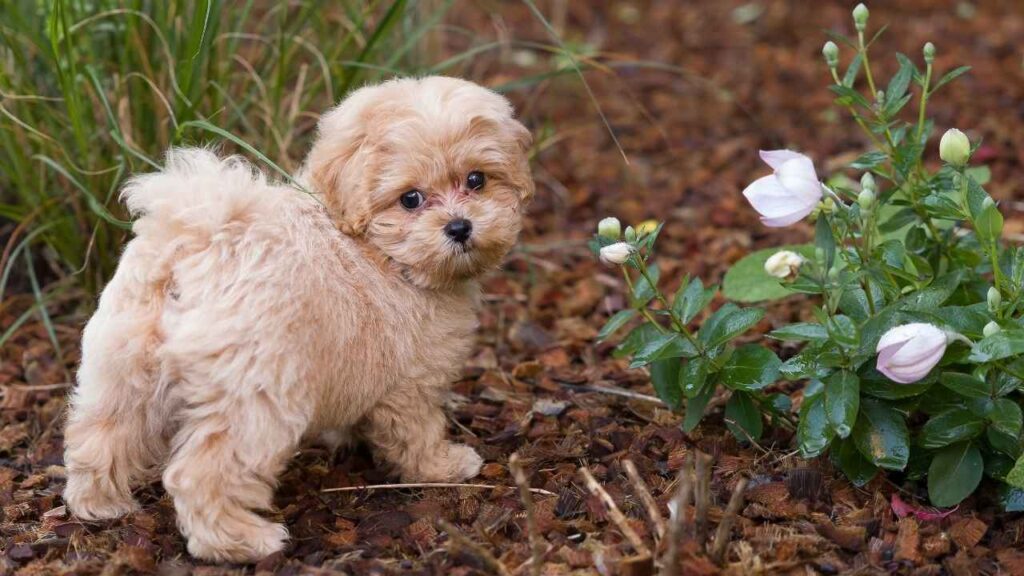
While both breeds are small, the Maltipoo’s build can vary slightly depending on genetics. Some have a sturdier frame, while others lean towards the finer-boned structure of the Maltese, making each dog a delightful surprise.
Maltese vs. Maltipoo: Behavior
The Maltese and Maltipoo both have strong personalities, but in different ways. The Maltese is confident and carries itself with a calm, almost royal presence. The Maltipoo, with its Poodle mix, is more playful, switching between energetic moments and calm affection easily.
For playtime, the Maltese enjoys structured activities and consistency, while the Maltipoo loves unpredictability and jumps into games with excitement. Maltipoos are also quick learners and adapt well to new challenges.
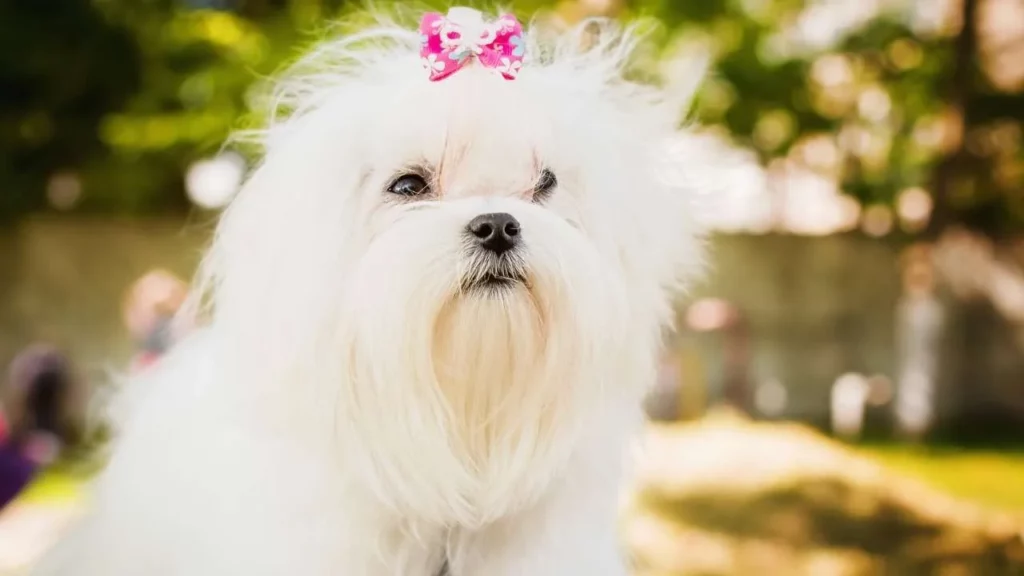
Socially, the Maltese tends to watch and observe before joining in, while the Maltipoo is eager to meet people and explore new places.
When it comes to barking, the Maltese barks to alert you to something important, while the Maltipoo may bark, whine, or make playful noises to express itself.
The Maltese prefers calm, predictable environments, while the Maltipoo is more flexible and can adjust to new situations and energy around it. Both breeds offer unique traits, making them a good fit for different lifestyles.
Maltese vs. Maltipoo: Health
Both breeds are known for their longevity, but their health concerns differ. The Maltese is prone to tear staining, which requires regular facial cleaning. Maltipoos, due to their hybrid nature, sometimes experience minor variations in their overall health and resilience.
Dental health is crucial for both breeds. The Maltese, with its tiny mouth, often faces overcrowded teeth, making frequent brushing a necessity. Maltipoos, while slightly less prone to this, still require consistent dental care to maintain strong, healthy gums.
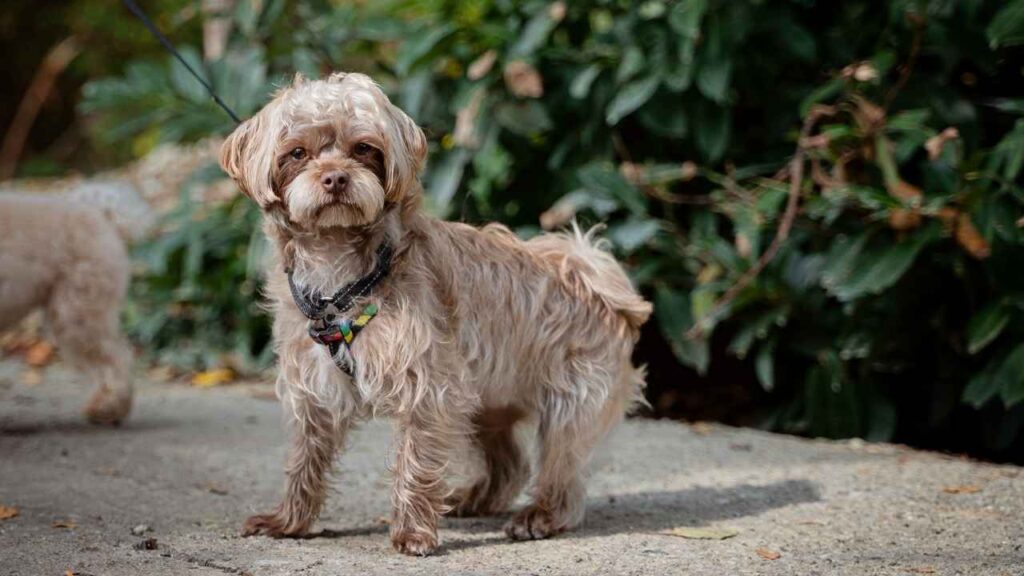
Each breed has unique vulnerabilities. The Maltese can be predisposed to heart conditions like mitral valve disease, requiring periodic checkups. According to PetMD, Maltipoos may inherit joint issues, such as luxating patella, making weight management and proper exercise especially important.
Vision health is another factor to watch. Maltese dogs can develop progressive retinal atrophy, gradually affecting eyesight. Maltipoos, due to their mixed genetics, may also experience cataracts or similar conditions, making routine vet visits essential for early detection.
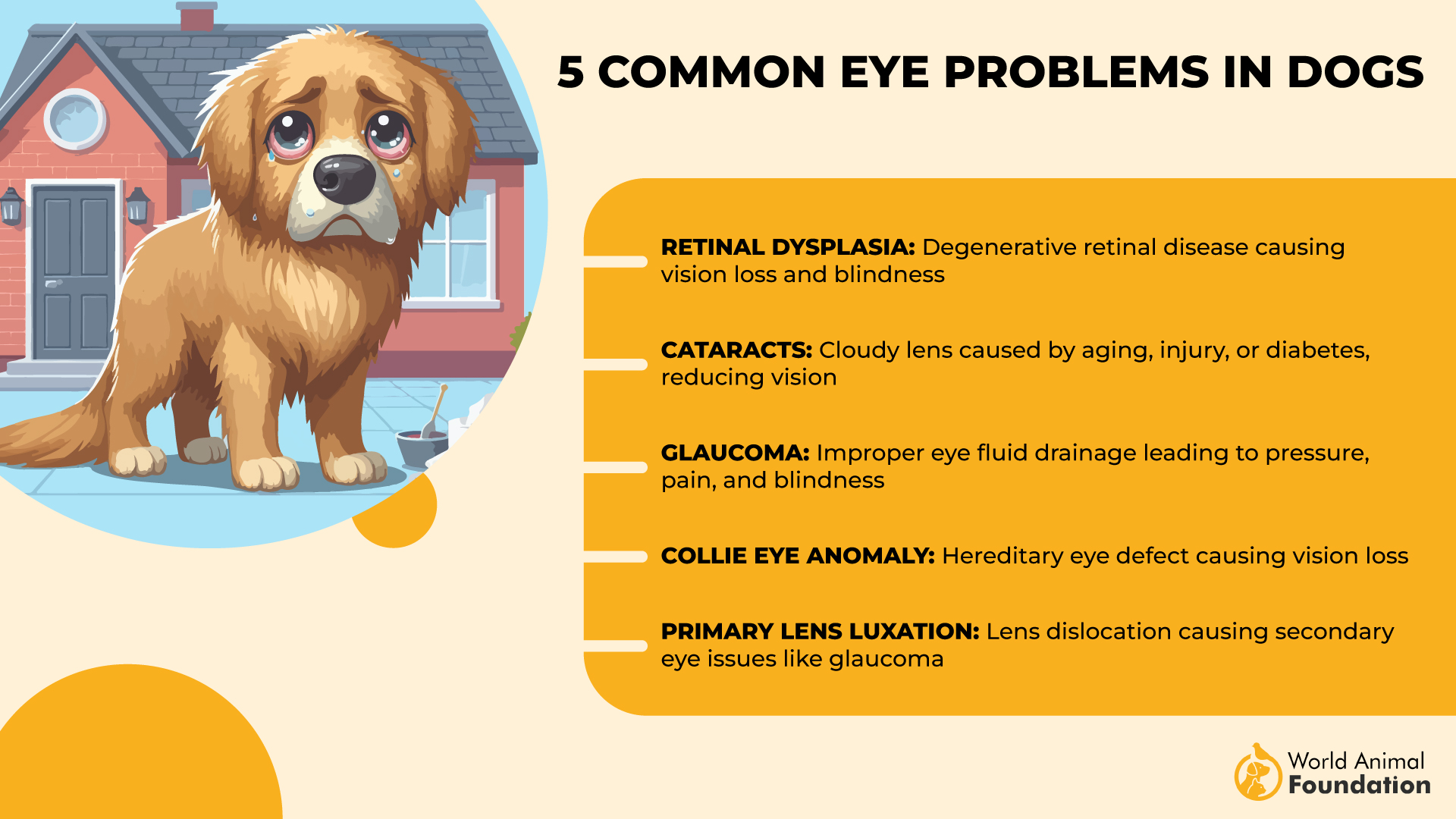
A balanced diet plays a major role in their overall well-being. High-quality food helps maintain a healthy weight, reducing strain on their joints and organs. Whether a purebred Maltese or a playful Maltipoo, proper nutrition keeps them thriving for years.
Maltese vs. Maltipoo: Lifespan
Longevity is a strong suit for both breeds. The Maltese typically lives between 12 to 15 years, thriving with proper care. The Maltipoo, thanks to its mixed genetics, often enjoys a similar lifespan, though some surpass expectations with excellent health.
Genetics play a crucial role in lifespan. The Maltese, as a purebred, follows a well-documented health history. The Maltipoo, influenced by Poodle genetics, may inherit added resilience, occasionally avoiding certain hereditary conditions found in single-breed bloodlines.
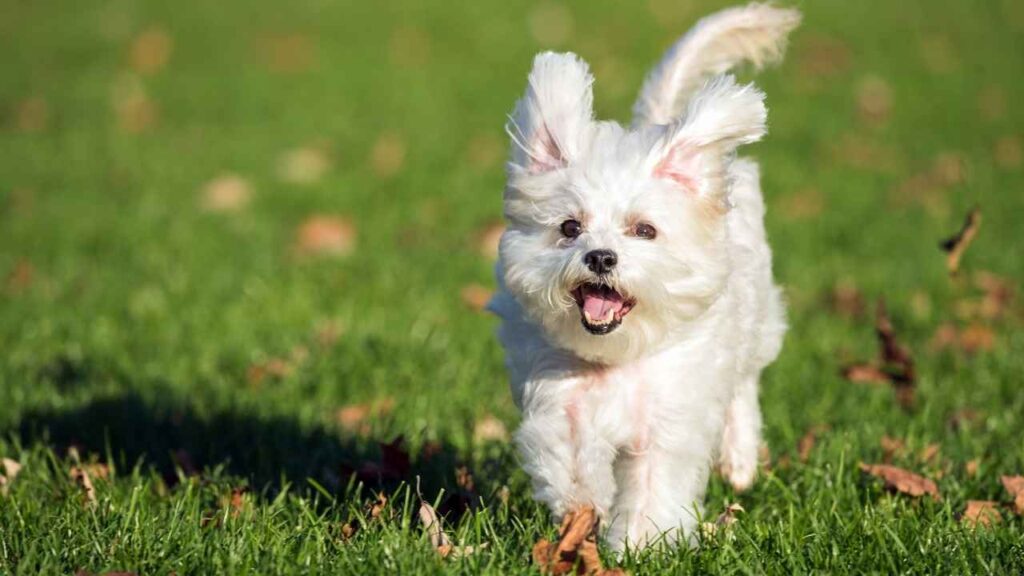
Lifestyle choices can extend their years. A well-balanced diet, regular exercise, and consistent vet checkups contribute to longevity. The Maltese benefit from structured routines, while Maltipoos may thrive in dynamic environments that cater to their energetic nature.
Aging looks different in each breed. The Maltese tend to maintain a youthful, elegant appearance well into their senior years. Maltipoos, depending on their coat type, may develop a softer, more relaxed look, reflecting their easygoing personality as they age.
Mental stimulation matters just as much as physical care. The Maltese enjoy routine activities, keeping their minds sharp. The Maltipoo, with its Poodle ancestry, thrives on learning new tricks, puzzle toys, and interactive games to stay engaged and happy.
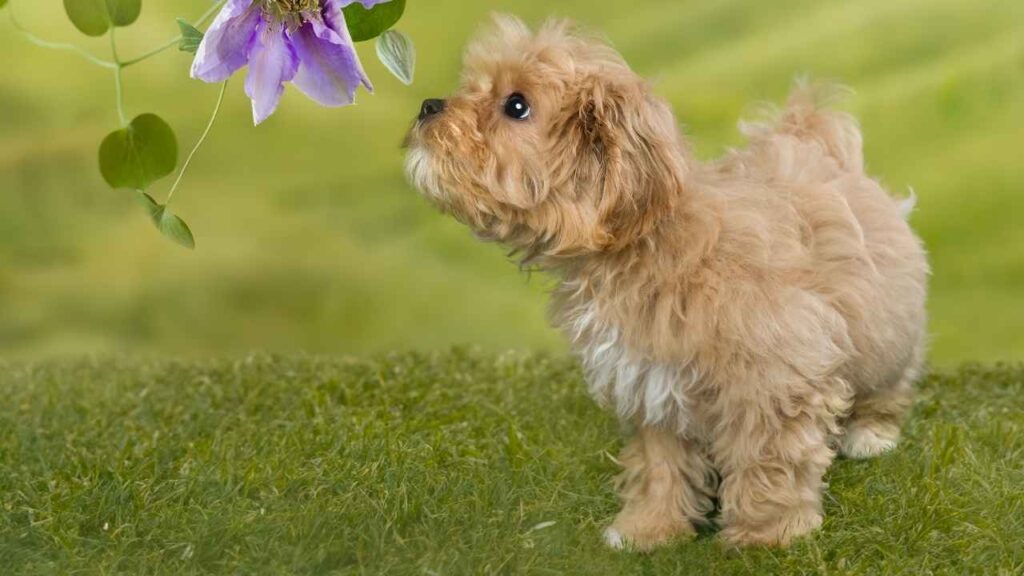
Conclusion
Choosing between the Maltese and the Maltipoo isn’t just about appearance—it’s about lifestyle, energy levels, and long-term care. Each dog brings a unique blend of charm, personality, and specific needs that shape the overall experience of owning one. As an ancient breed, the Maltese has been adored for centuries, while the Maltipoo, a hybrid dog, offers a unique mix of characteristics from its Maltese and Poodle parent.
The Maltese is recognized by the American Kennel Club as a purebred toy-sized dog, while the Maltipoo, with its toy Poodle influence, inherits intelligence and energy. Adult Maltese dogs require careful grooming, while Maltipoos may have a curlier coat. Both the Maltese breed and Maltipoos, like many purebred dogs, can experience dental issues toy breeds are prone to, making oral care essential.
No matter which one stands out, these small dogs offer an exciting journey filled with surprises. Both of these dog breeds have distinct traits, making it essential to understand their differences before choosing the right fit for your lifestyle. Understanding their differences ensures a well-prepared and enjoyable experience. With all the details laid out, making the right choice just became much easier!


